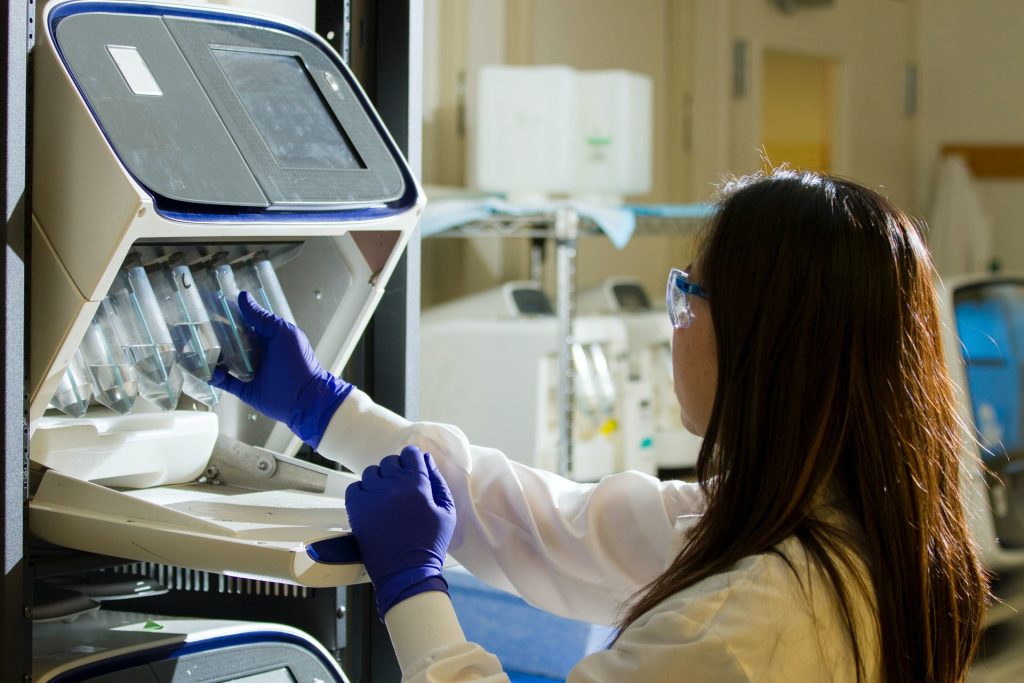Protein Markers Distinguish Between Stable and Progressive Leukaemia

Scientists have identified protein markers which are related to the most common form of leukaemia.
Chronic lymphocytic leukaemia (CLL) is the most common leukaemia in the Western world. A new study published in the Journal of Leukocyte Biology shows that certain protein markers may indicate which patients have stable forms of CLL and which have more aggressive types.
Identifying these proteins may not only help determine patients’ prognoses but also point to potential therapeutic targets for investigators who are searching for new CLL treatments.
The study examined CLL B-cells’ proteomic profile from untreated CLL patients to see which biologic processes that are affected early on and during disease evolution as stable or progressive. Of the 11 patients included in the study, six evolved to either progressive and five to stable disease. Purified B cells from the patients were tested at two time points by liquid chromatography–tandem mass spectrometry.
First, at an early stage of the disease (Binet stage A), based on the relative abundance levels of 389 differentially expressed protein, samples were separated into stable and progressive clusters with the main differentiating factor being the RNA splicing pathway.
An RNA-Seq study was conducted which showed 4217 differentially spliced genes between the two clusters. Distinct longitudinal evolutions were observed with predominantly proteomic modifications in the stable CLL group and spliced genes in the progressive CLL group. Splicing events were shown to be six times more frequent in the progressive CLL group.
The main aberrant biologic processes controlled by DEPs and spliced genes in the progressive group were cytoskeletal organisation, Wnt/β-catenin signaling, and mitochondrial and inositol phosphate metabolism with a downstream impact on CLL B-cell survival and migration.
The study suggests that proteomic profiles of early stage CLL can discriminate progressive from stable disease. Furthermore, it appears RNA splicing dysregulation underlies CLL evolution, opening new avenues for biomarkers and therapy.
“The results offer a meaningful biological approach into the protein composition of CLL cells at an early stage of the disease, when the clinical characteristics of patients are similar and the course of the disease is difficult to predict. Our results showed that the protein profile can however predict how the disease will further evolve,” said lead author Cristina Bagacean, PhD, of CHU de Brest, in France. “This approach could identify putative therapeutic targets in order to prevent CLL progression.”
Source: Wiley
Journal information: Bagacean, C., et al. (2021) Identification of altered cell signaling pathways using proteomic profiling in stable and progressive chronic lymphocytic leukemia. Journal of Leukocyte Biology. doi.org/10.1002/JLB.4HI0620-392R.






